Even with the gentlest breeze, you could almost catch a faint whisper between the Southern live oaks, lulled by the Spanish moss that hang like curtains from the branches. These massive limbs resemble arms open wide, as if welcoming visitors into its warm embrace. The majestic trees line the sidewalks and populate Savannah’s distinctive downtown squares, which, in their serenity, are unparalleled in their harmonious co-existence with the city’s hustle and bustle.
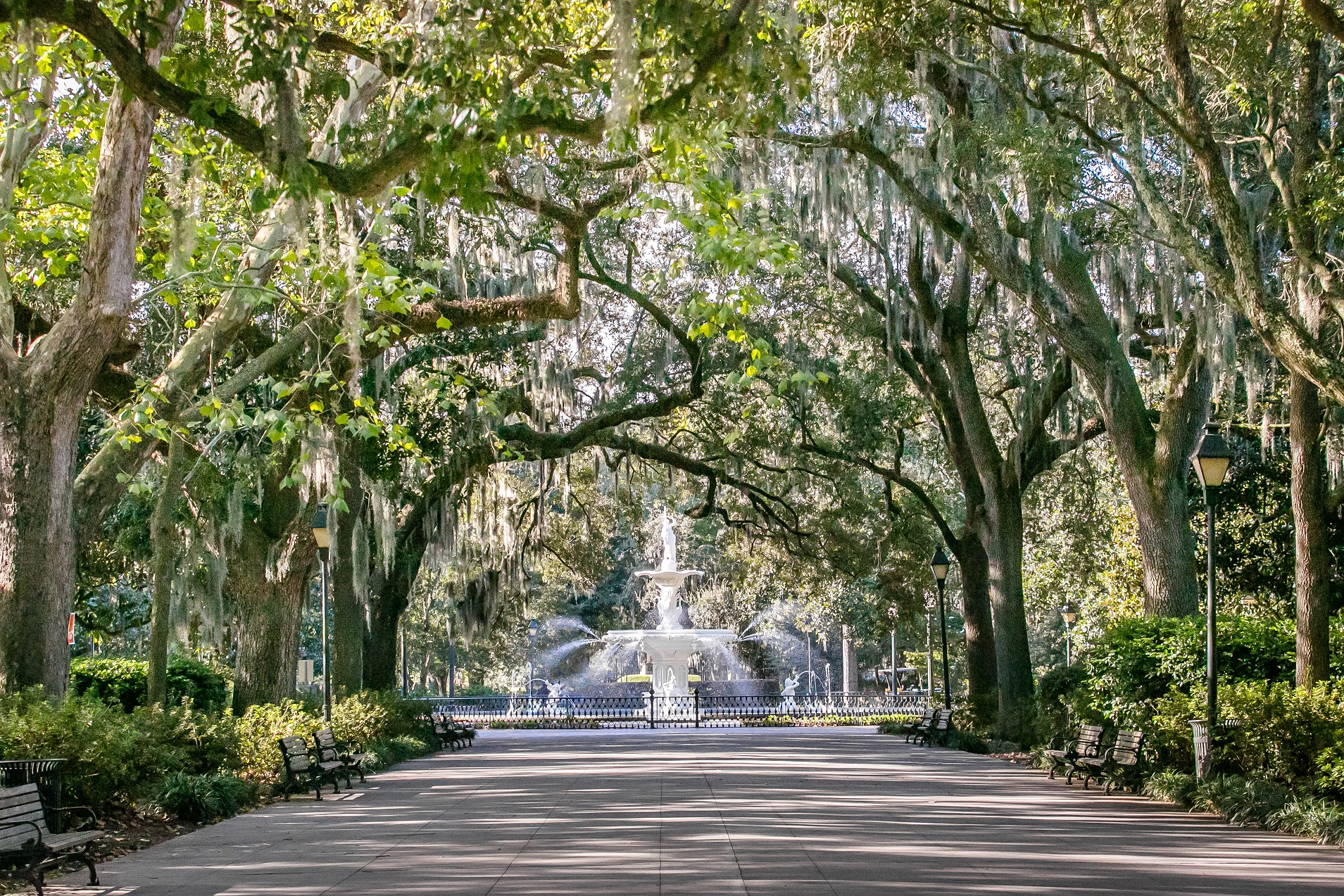
While known for its openness and Southern hospitality, Savannah’s allure lies in its 290 years of history, steeped in an air of mystique and a seductiveness that’s oh-so-sublime. From the hand-laid cobblestone walkways weathered over the centuries to the imposing grandeur of its historic churches, the city’s most fascinating landmarks have borne witness and guarded the stories (and secrets) of Savannahians through the generations.
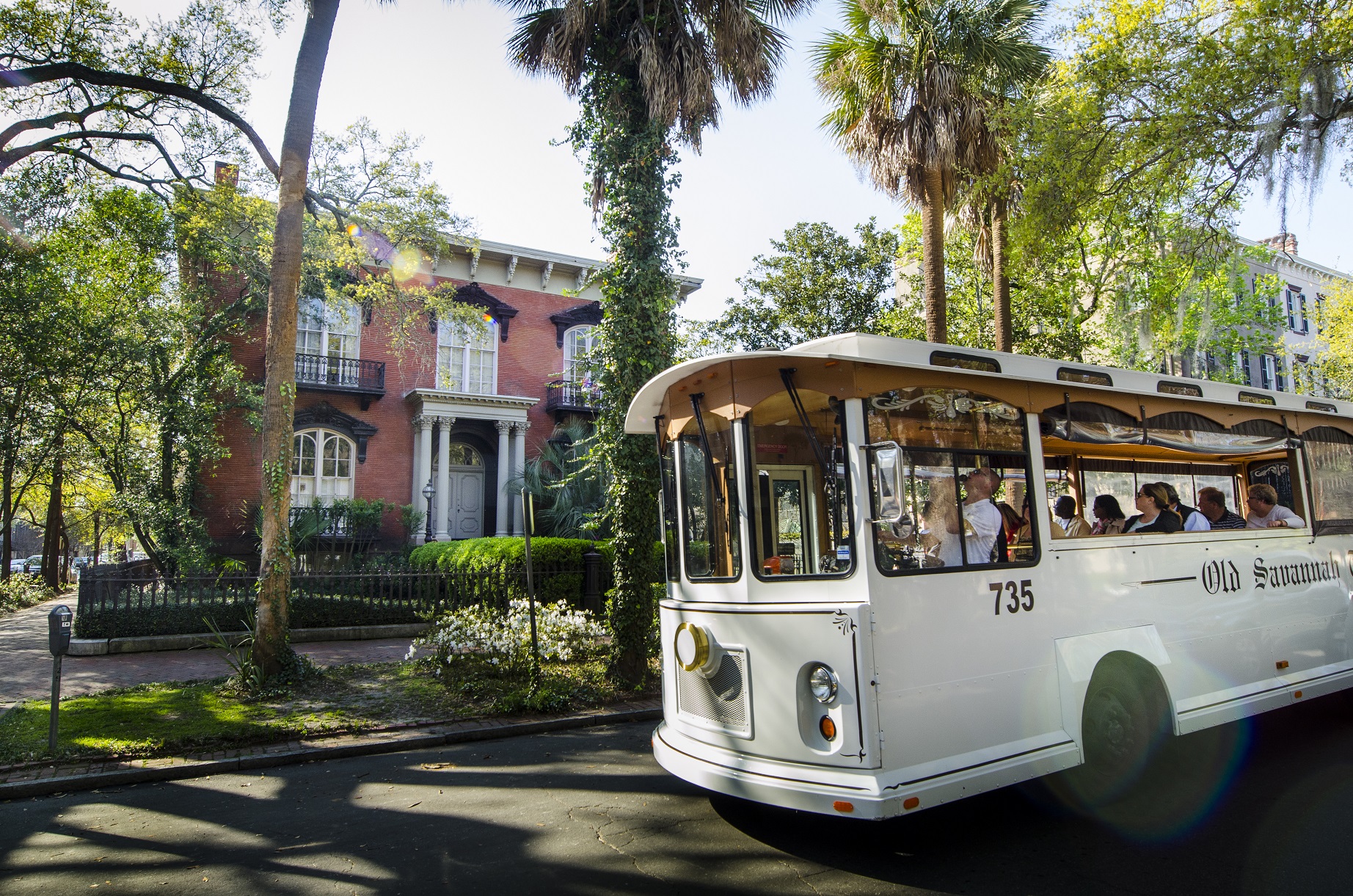
The author John Berendt, whose 1994 nonfiction bestseller “Midnight in the Garden of Good and Evil” is Savannah’s best-known literary tome, said in the book’s afterward, For me, Savannah’s resistance to change was its saving grace.
“Midnight” spawned a Hollywood film, endless souvenir knickknacks and an unlikely juju in the seemingly stoic Bird Girl. It succeeded in capturing the city’s essence, elevating the Mercer House as a mecca for “Midnight” fans and memorializing characters like the affable host-with-the-most Joe Odom and the Lady Chablis, whose presence continues to cast a spell over present-day Savannah even years after her death.
But while resistance to change may have saved Savannah 30 years ago, the city’s ability to reconcile with the past and reimagine its future is key to its quintessential charm.
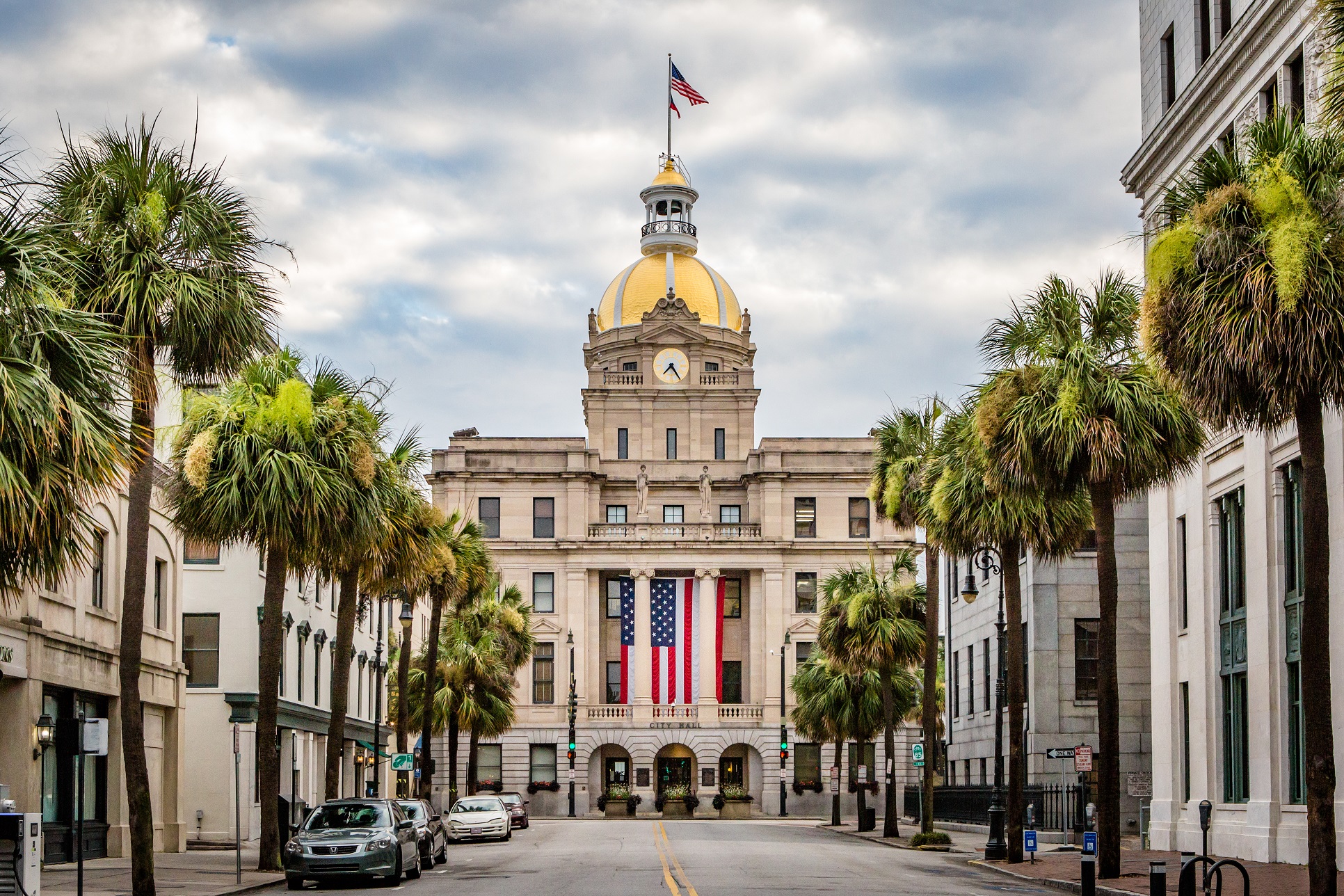
For the first-time visitor, Savannah is a feast for the senses: Stunning architecture and interiors from meticulously maintained Victorian-era homes provide plenty of eye candy, while the region’s celebrated low-country cuisine pleases even the most discriminating palate. But without a plan, sensory overload might lead to missing out on some of the city’s best bets.
SEE
TELFAIR ACADEMY

Prime examples of Savannah’s architectural excellence are on full display at the city’s biggest institutions such as Telfair Academy. Built in 1818, the William Jay-designed Regency-style masterpiece served as the residence of Alexander Telfair, son of Revolutionary War patriot and Georgia governor Edward Telfair. Alexander’s sister, Mary – the last to bear the Telfair name – bequeathed the family mansion to the Georgia Historical Society in 1875 for the purpose of establishing a museum. It opened in 1886 as the first public art museum in the South and the first to be founded by a woman.
Highlights here include a collection of 19th- and 20th-century American and European art, two Victorian period rooms and Sylvia Shaw Judson‘s iconic “Bird Girl” statue. The instantly recognizable bronze figure originally watched over a family plot in Bonaventure Cemetery, but is now on a long-term loan to the museum for safekeeping.
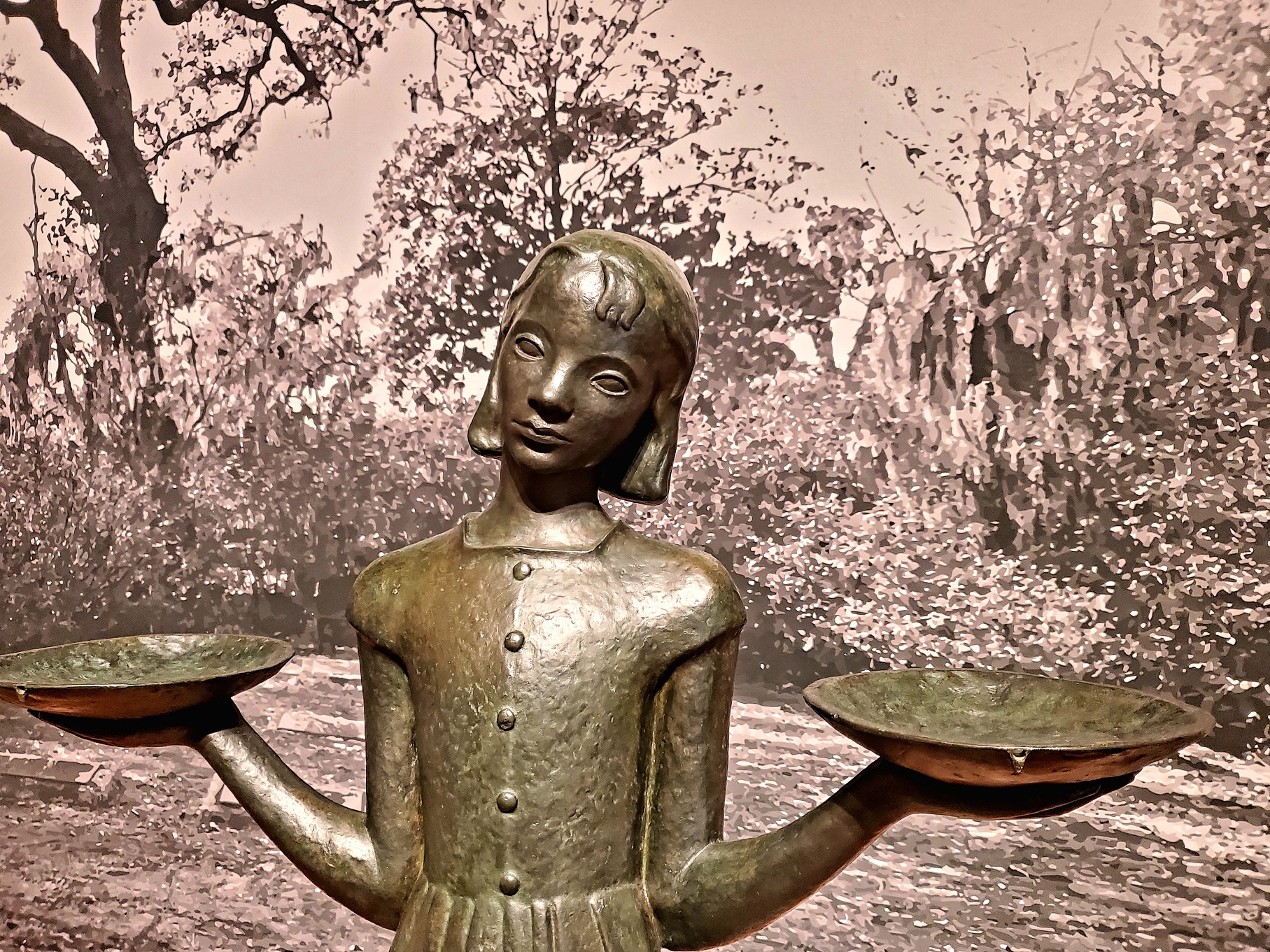
Telfair Academy is part of a trio of museums that also includes the Jepson Center and the Owens-Thomas House & Slave Quarters, all within walking distance in the same section of the historic district.
JEPSON CENTER FOR THE ARTS
Across the square from The Telfair is the Jepson Center, a drop-dead-gorgeous white edifice designed by Moshe Safdie, the renowned architect behind other attention-grabbing landmarks such as Bentonville’s Crystal Bridges Museum and Kansas City’s Kaufmann Center. Opened as a museum in 2006, The Jepson’s collection features works by Jasper Johns, Chuck Close, Roy Lichtenstein, Jeff Koons, Robert Rauschenberg, Cecily Brown, Frank Stella, Kiki Smith and Richard Avedon.
OWENS-THOMAS HOUSE & SLAVE QUARTERS

The Owens-Thomas House on Oglethorpe Square stands as another fine example of William Jay’s mastery of Regency style, a popular neoclassical style of the time in his native England.
Built in 1819, the property has stewardship of an impressive decorative arts collection that includes elaborate furnishings from the Owens family. The home welcomed many a dignitary during its heyday, including the Marquis de Lafayette, who visited in 1825 during a whirlwind tour of the United States to commemorate the 50th anniversary of the American Revolution.
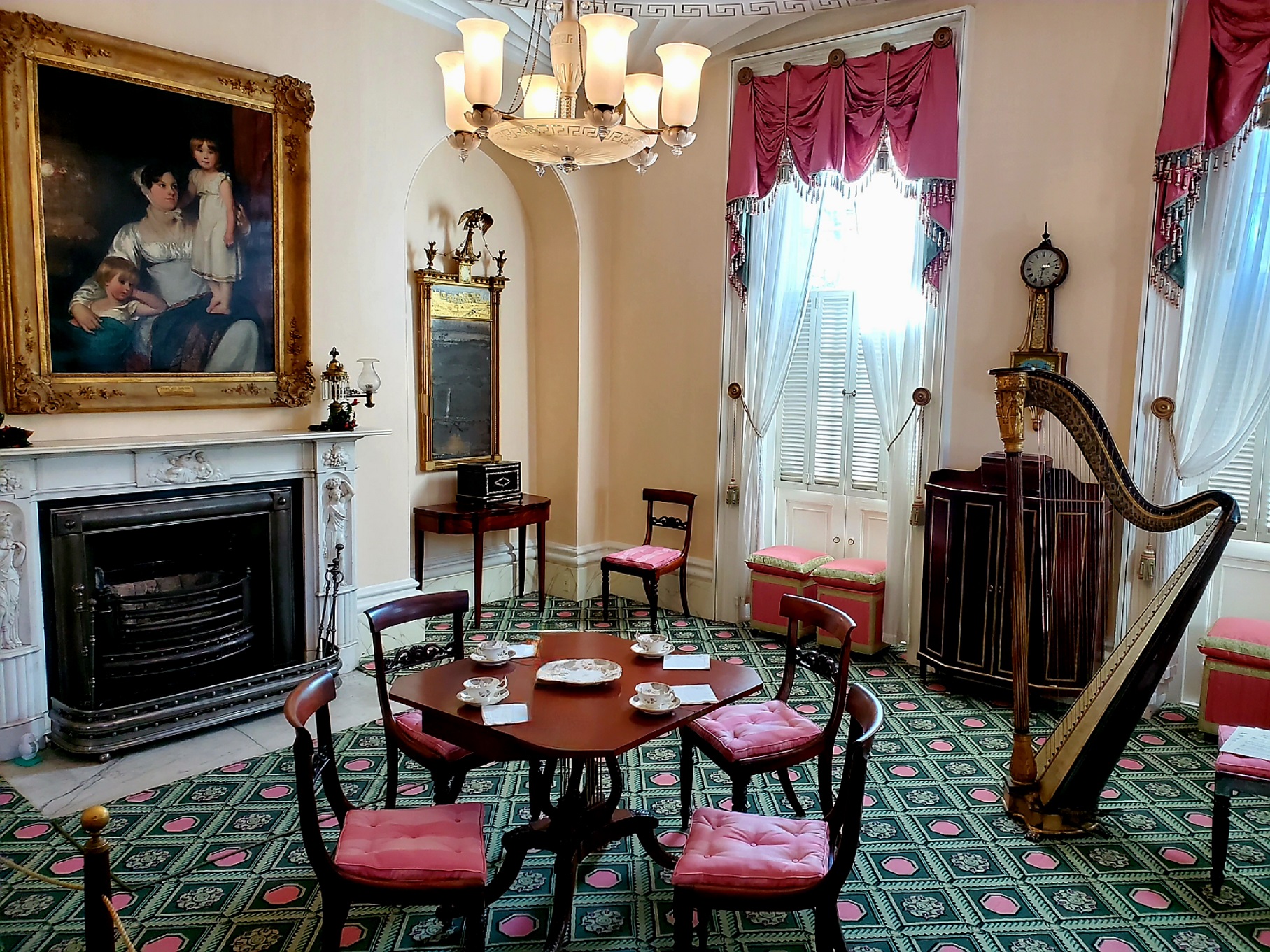
But the property is also noted for its troubling past: In the 1840s, it housed as many as 14 enslaved people and has the distinction of having one of the earliest intact urban slave quarters in the South.
Now a museum, it challenges visitors to come face to face with its complicated and often painful history by retelling its story through the lens of slavery. The home’s basement contains the primary kitchen, scullery and other working spaces used by enslaved people for their daily chores. The carriage house, half of which was used for the slave quarters, still has the original wooden staircases leading to the rooms where the women and children slept.
AMERICAN PROHIBITION MUSEUM
The American Prohibition Museum, one of Savannah’s most talked-about destinations, chronicles the city’s tumultuous history with the bottle.
Did you know that the first act of alcohol prohibition in America was decreed in Savannah in 1735 by none other than His Majesty King George II? And then came American Prohibition with the ratification of the 18th Amendment in 1919, banning the manufacture, sale and transport of alcohol into the next decade.

Savannah’s Prohibition era ushered in a time of rebellion and turbulence, attracting a bizarre mélange of characters like the fanatical (and aptly named) preacher, Billy Sunday, who called Savannah “the wickedest city in the world.” Also making the rounds was the hatchet-carrying, saloon-smashing Carry Nation, an ill-tempered radical of the temperance movement who went from saloon to saloon to unleash her “hatchetations,” as they came to be known.

But of course, we have Prohibition to thank for the invention of the American speakeasy – the hush-hush underground taverns that oozed equal parts sophistication and joie de vivre, with a dash of notoriety mixed in.
The museum has its own Zagat-rated speakeasy, complete with a squinting “bouncer” who asks, “Who sent you?” (Hint: Gus did.) Inside, the attention to authenticity is striking, with tin punch ceilings, parquet floors, wooden and brick bars, and costumed bartenders serving Prohibition-era cocktails.
SAVANNAH’S SPEAKEASIES
Oh, you could always get a drink in Savannah. That’s never been any secret, remarked one of the characters in Berendt’s “Midnight.” Indeed, speakeasies abound in and around the downtown area, each one of them a delightful discovery.
Tucked in the basement of a Chinese restaurant, the magnificent PEACOCK LOUNGE is gilded, glamorous and gets our vote as the best speakeasy experience in town. The décor leaves no detail unturned and cocktail offerings like the Brooklyn (rye, dry vermouth, amaro, luxardo, aromatic bitters), Birds of a Feather (rum, coconut water, Caribbean pineapple liqueur, lime) and So Many Beauty Queens (tequila, hibiscus, ancho chili and orange Curaçao liqueurs) keep you coming back for more.
For a not-so-glitzy affair but just as cool, the Latin-inspirited MINT TO BE MOJITO BAR is the place to be. From the outside, it looks like your typical smoothie bar, a light-filled, colorful space to hang out and be happy. But there’s a speakeasy called The Apparition, its entrance hidden just down the hall from the bathroom, where a different vibe exists and there’s enough space to dance the night away. At Mint to Be, the drinks are the star, with a focus on fresh fruit, lots of fresh mint leaves and expert mixology. The strawberry mojito is a refreshing taste of heaven and so are the other fruits in the lineup, including passionfruit, pineapple, coconut and more.
SAVANNAH’S CHURCHES

Savannah’s houses of worship, with their sky-high steeples reaching for the heavens, have seen history unfold since the city’s beginnings. The FIRST AFRICAN BAPTIST CHURCH, the nation’s first Black church, traces its roots back to 1773, making it older than the Republic. The original pews were made by enslaved workers, and the air holes in the floor – in the shape of an African prayer symbol – are remnants of the church’s role as a stop along the Underground Railroad. CONGREGATION MICKVE ISRAEL, considered a rare example of a Gothic-style synagogue, was established in 1876. Among its artifacts is a letter to the congregation from President George Washington. The CATHEDRAL BASILICA OF ST. JOHN THE BAPTIST, one of the most visited churches in Savannah, is known for its stained-glass windows, murals and imposing twin spires.
SAVOR
THE GREY
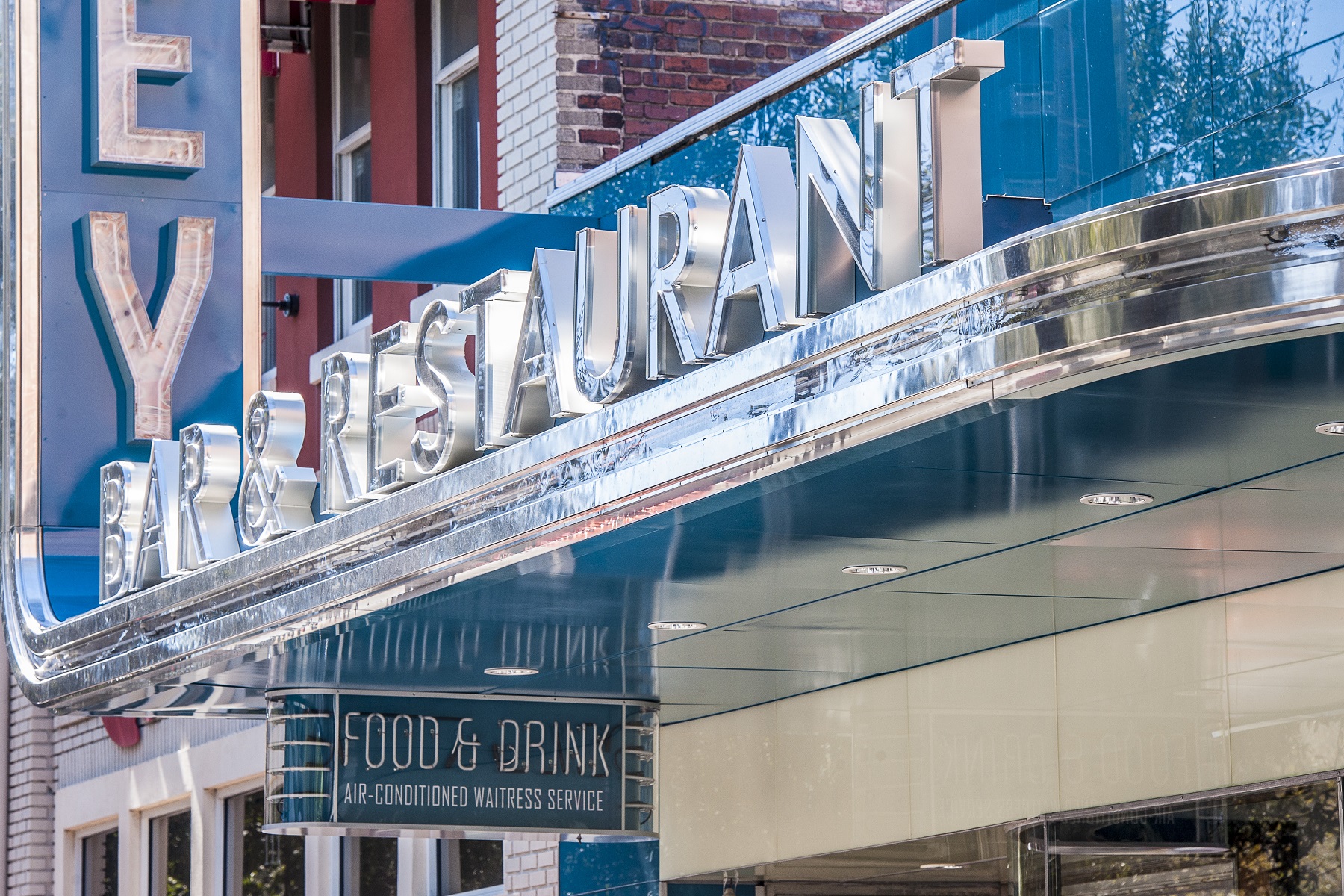
Savannah’s most buzzed-about restaurant gets all the hype for a reason: It’s one of the ultimate dining experiences to be had in the South and beyond. James Beard Foundation award winner and executive chef Mashama Bailey and business partner Johno Morisano converted an art deco 1938 Greyhound bus terminal in downtown Savannah into an even more glorious space to showcase The Grey’s Port City Southern food.
Our experience began with the freshest “barely touched” Atlantic oysters complemented by smoked olives and smoked pecans. For the entrée, we opted for the easily shareable dry-aged ribeye, prepared to perfection and paired with creamed collards with bechamel and onion.
Combined with an array of wine and cocktail selections, impeccable service and exquisite surroundings, dinner at The Grey made for a most memorable evening. Reservations – preferably weeks in advance – are a must.
SAVANNAH TASTE EXPERIENCE
Hungry for more, we opted to get a big bite of the city’s culinary offerings with the Savannah Taste Experience. The company offers two three-hour walking and tasting tours that allowed us to sample everything from British pies served up at Georgia’s smallest pub to a double scoop of goodness from a landmark ice cream parlor.
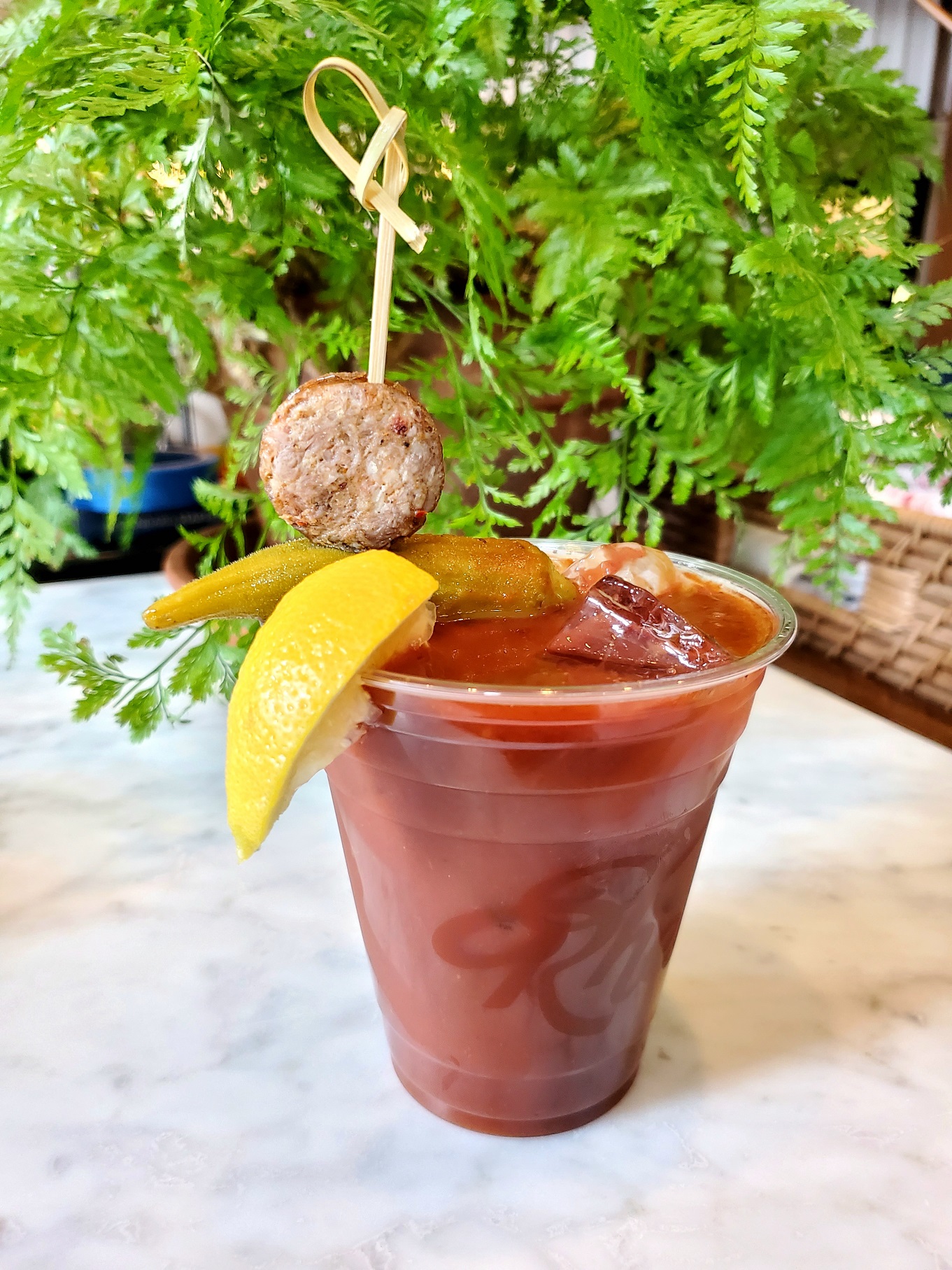
Lively, knowledgeable guides share amusing anecdotes and origin stories of the food, people and places that put Savannah on the map as they take you through the city’s historic district.
Stops on the First Squares Food Tour include Rhett on the riverfront for a proper Low Country Bloody Mary concocted with green chile vodka and okra brine and garnished with andouille sausage and a pickled okra. For a “snack,” we indulged in a Righteous Chicken Biscuit – every crumb of it – from Rise. Another fun stop was the Pie Society, where a hand-made British sausage roll hit the spot. We ended the day on a sweet note with a sampling of specialty honeys at the Savannah Bee Company, which was founded in Savannah 20 years ago.


The Famous & Secret East Side tour definitely has a character of its own, with its off-the-beaten path selections. Its first stop, the South Caribbean-inspired Zunzi’s, is arguably the best sandwich joint in town. The sandwich game is strong here, with standouts like the Conquistador, Booty Roll and Fisherman’s Deck, all piled with various meats and toppings dressed in Zunzi’s sauce and the bizzarely named dank sauce on French bread.
A tour highlight is Parkers Market, which can be accurately described as a combination gas station/food mart wonderland. The hot food choices (think fried chicken, pork chops and pizza) are as dizzying as the cakes, pastries and desserts that tempt you from the glass counter. In the mood for something else? You’ll also find cold salads, soups, paninis and even boiled peanuts. To water everything down, take your pick from a multitude of fountain and frozen drinks, hot and cold-brew artisan coffees, craft beer, wine and more.
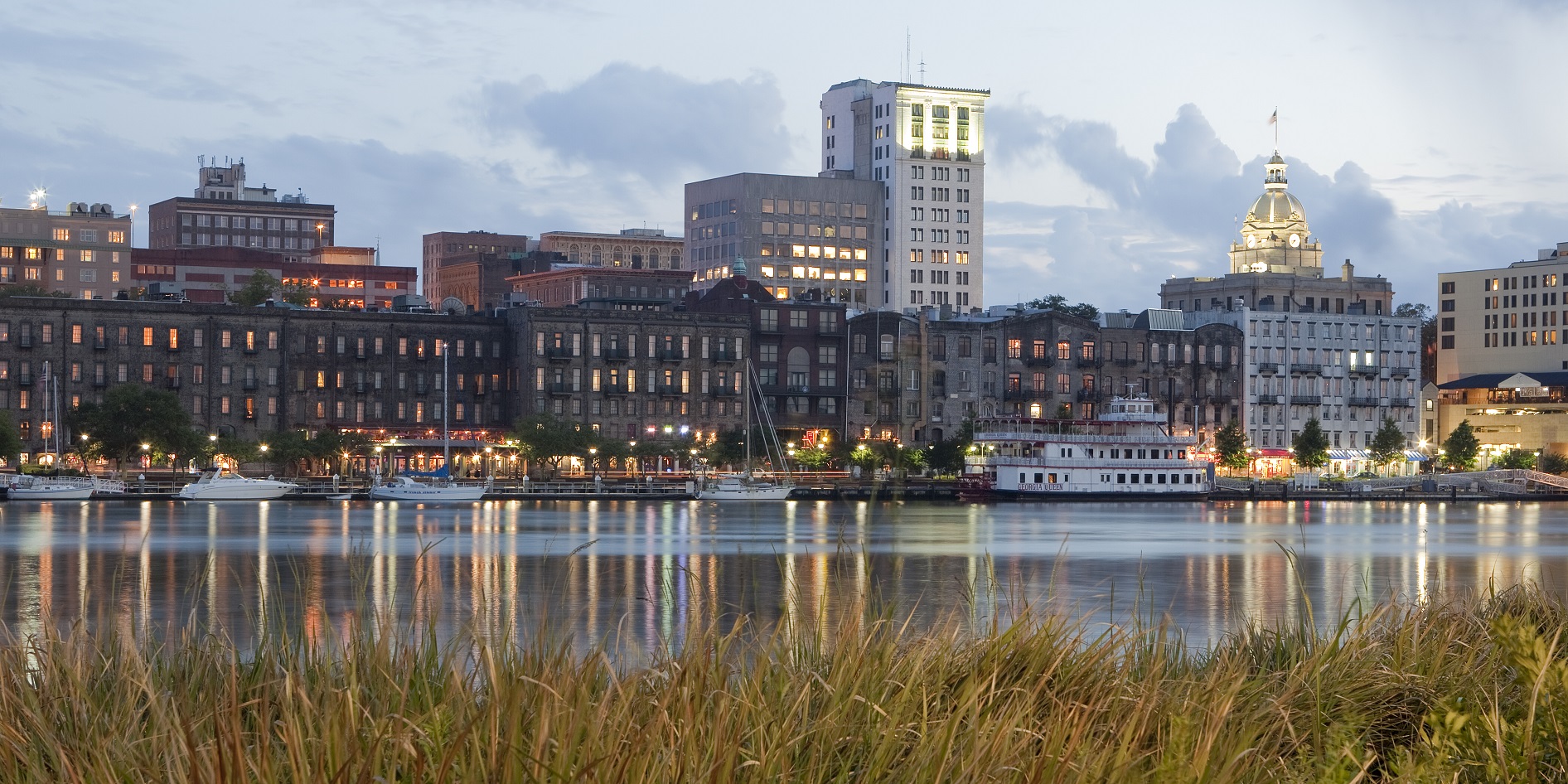
Both tours also feature glimpses of Savannah’s storied past. We walked the same hand-laid cobblestones George Washington walked along River Street, where cotton warehouses once held court. By the mid-1800s, Savannah was the leading exporter of cotton in the world. And while the cotton merchants are long gone, the port – the third-largest on the Eastern seaboard – remains an active part of the city’s economy. One of the former warehouses now houses The Cotton Exchange Tavern, where we sampled fresh-caught fantail shrimp, served with steaming hot hush puppies.
STAY
HOTEL INDIGO
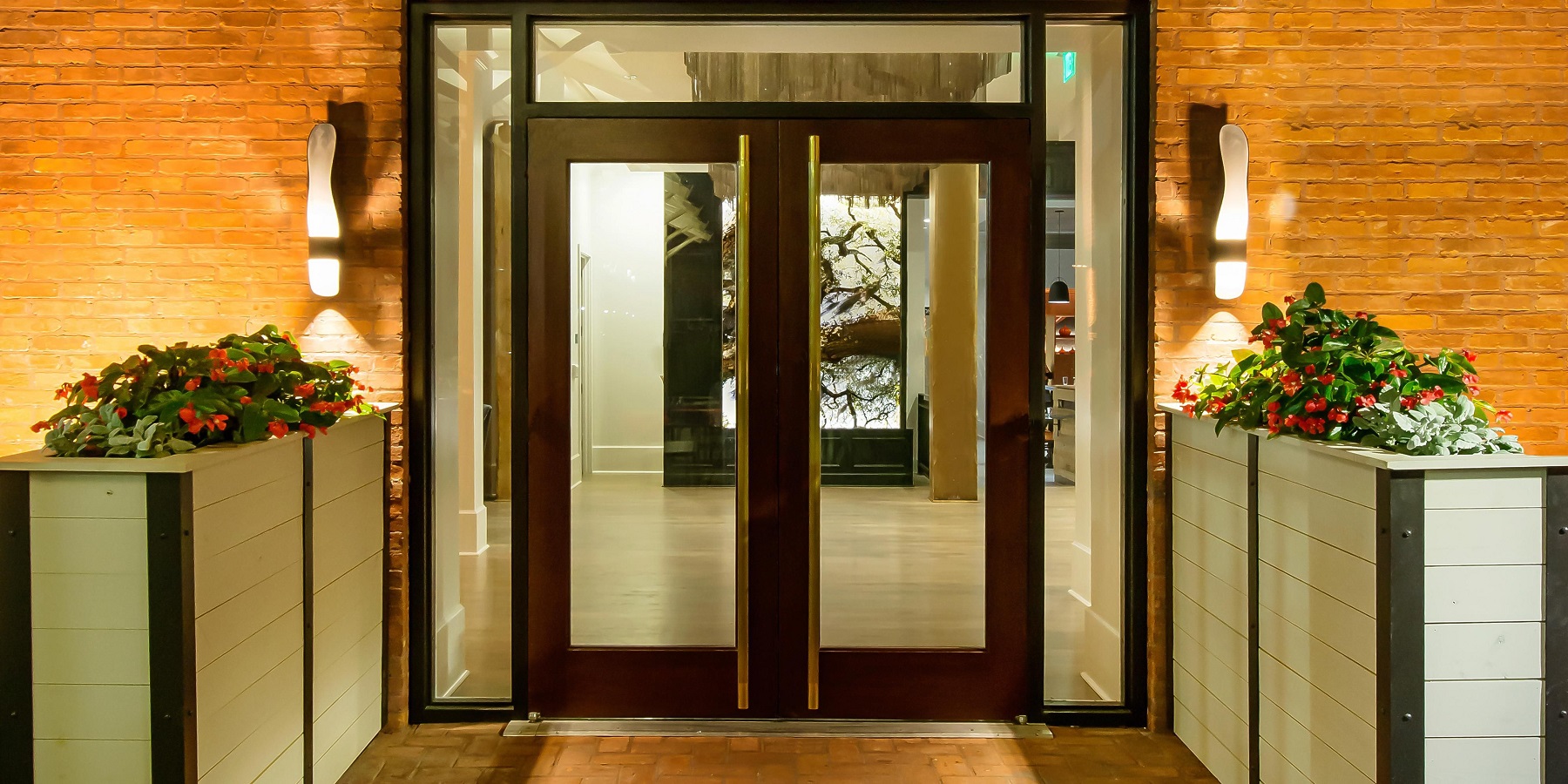
Hotel Indigo is ideally situated where all the action is: across the street from the riverfront and within walking distance of everything in the historic district. Craving a fresh Rise donut at sunrise? Not a problem. How ‘bout a nightcap at the neighborhood tiki bar? The only thing standing between you and a Pog Cutter is a three-minute walk.
Adjacent to Ellis Square, the boutique property – known around town as the “Grand Lady on the Bay” due to its sweeping size – formerly housed a dry goods storage house and shop owned by 19th-century “mega merchant” Simon Guckenheimer. Its proximity to the port meant the building had an abundance of goods originating from the South, including tobacco and canned peaches.

Savannah is loveliest in spring and summer, when magnolia blossoms scent the air and crape myrtles paint the town with splashes of color. For ideas, as well as additional recommendations for lodging, dining and trip itineraries, start with Visit Savannah.





